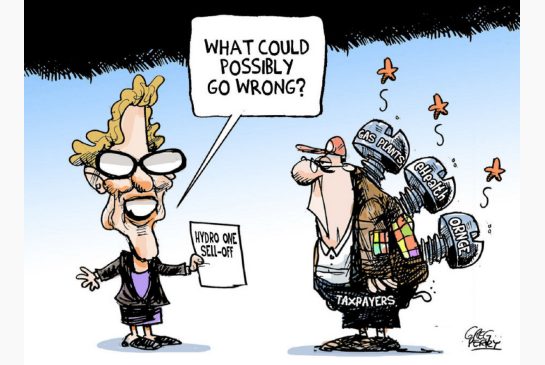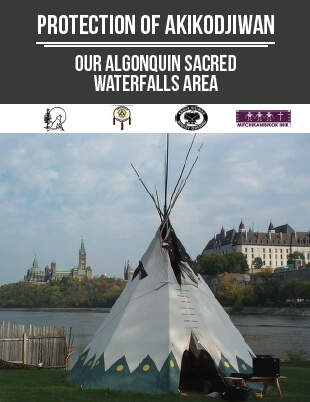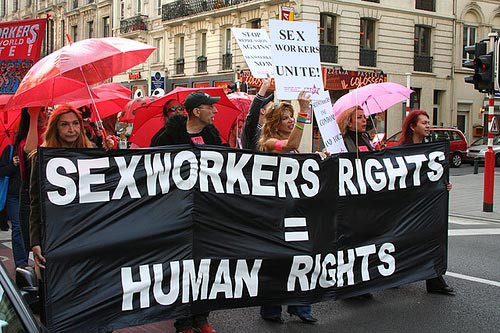
By Fram Dinshaw, reposted from the National Observer, Oct 31, 2015
This drone footage filmed near the Croatian border shows thousands of migrants and refugees crossing through farmland on foot.
They stream down a European freeway by the thousands, fleeing a homeland torn apart by conflict—plodding miserably across the fields of a continent currently gripped by the worst refugee crisis since World War II.
Yet for documentary filmmaker and immigration expert Sheila Murray, the Syrian refugee crisis is only a prelude.
Her film on international refugee law, No Place to Go, was made for Amnesty International Canada’s refugee program.
In a 2010 report in Refuge magazine, Murray predicted that by 2050, the world could see a mass exodus of 200 million environmental refugees fleeing homelands rendered uninhabitable by extreme weather, rising sea levels, and mega-droughts.
Is Canada ready to absorb the new climate exodus?
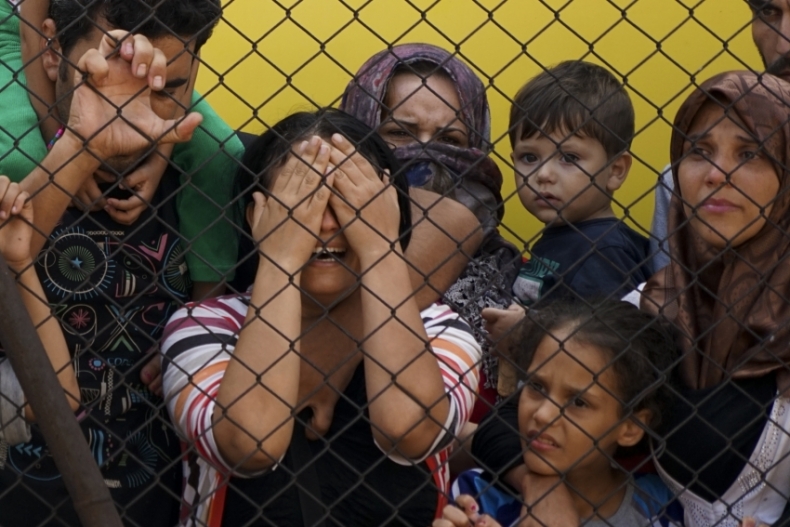
“The Canadian government doesn’t recognize those [refugees] at all. It has made great efforts to avoid its responsibility,” said Murray, who explored the subject of climate refugees for her Master’s thesis just months before war broke out in Syria.
“Canada will become a manifestly desirable destination for a large diversity of people from around the globe,” she said.
Green Party Leader Elizabeth May agrees. “This is just a sneak preview of the conflicts we can expect to see if the climate crisis is allowed to worsen and we fail to reduce greenhouse gas emissions globally.”
Currently, refugees come to Canada in one of two ways. Either they are selected abroad to receive a permanent resident visa that allows them to enter the country, or they arrive on their own and claim protection once here.
Those chosen abroad by Canadian officials must have a well-founded fear of persecution for reasons of race, religion, nationality, political opinion, or membership in a particular social group.
For those refugees who make their own way to Canada and claim protection after they arrive, leave to remain is granted if they face torture, execution or death, or ‘cruel and unusual punishment’ by returning to their home country.
Syrians fleeing civil war are technically covered under both categories. But neither category recognizes people who have fled their homeland for environmental reasons.
Future refugees directly affected by climate change, as opposed to climate-induced conflict, could be admitted to Canada relatively easily, however, if the federal government chose to act.
“The lack of provision in Canada’s current immigration system for the admission of people displaced for reasons directly related to climate change is consistent with international law, which does not recognize such people as refugees,” states a 2013 Library of Parliament report. “However, if Canada decided to extend refugee-type protection to climate migrants, legislative changes would not necessarily be required. Regulatory changes or policy direction alone could suffice.”
New class of refugee for hot future?
Elizabeth May is pushing for the creation of a new class of climate refugee to be included in Canada’s asylum policy.
“We have to think about the number of people who need a safe place to go from rising sea levels and other events,” said May.
Such climate events may include extreme heat waves ravaging the Persian Gulf region by the late 21st century, with temperatures of up to 60° Celsius predicted, ironically in the traditional heartland of fossil fuel extraction that is a key driver of global warming.
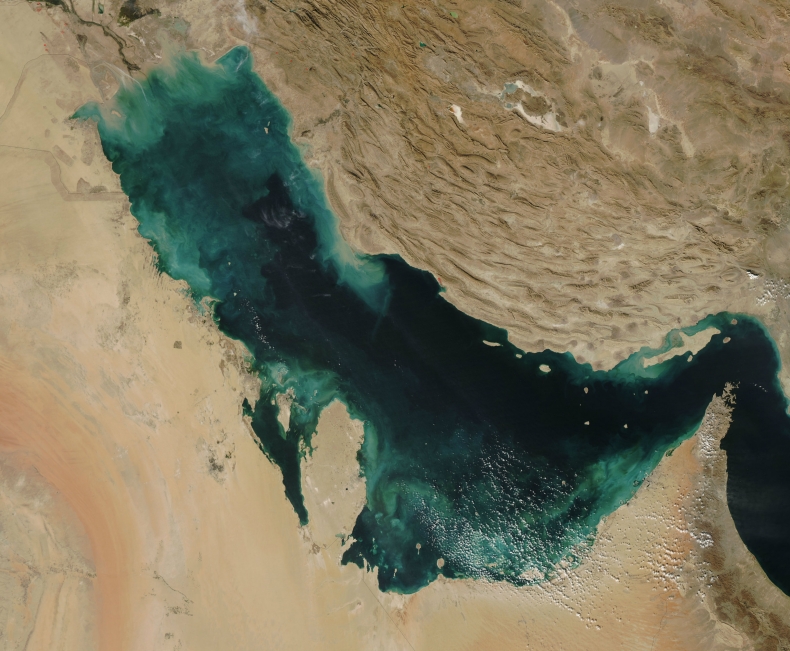
According to the UK Guardian, no human body can cool itself by sweating above a ‘wet bulb’ temperature - a combined measure of heat and humidity - of 35° C. Anyone caught unprotected in such extreme heat will die of heatstroke within six hours. The 35° limit was already reached in the Iranian port city of Bandar Mahshahr last July, when the mercury recorded a temperature of 46° with 50 per cent humidity.
However, it is climate-related floods and droughts that are the most immediate threats— as rising sea levels are already forcing people from their homes, and parched fields are helping to trigger wars that are now ripping apart the Middle East. SOURCE
IN DEPTH:
See the National Observer site for the following chapters
RELATED:
Climate change is forcing people to migrate and the world doesn’t have a plan to handle it




